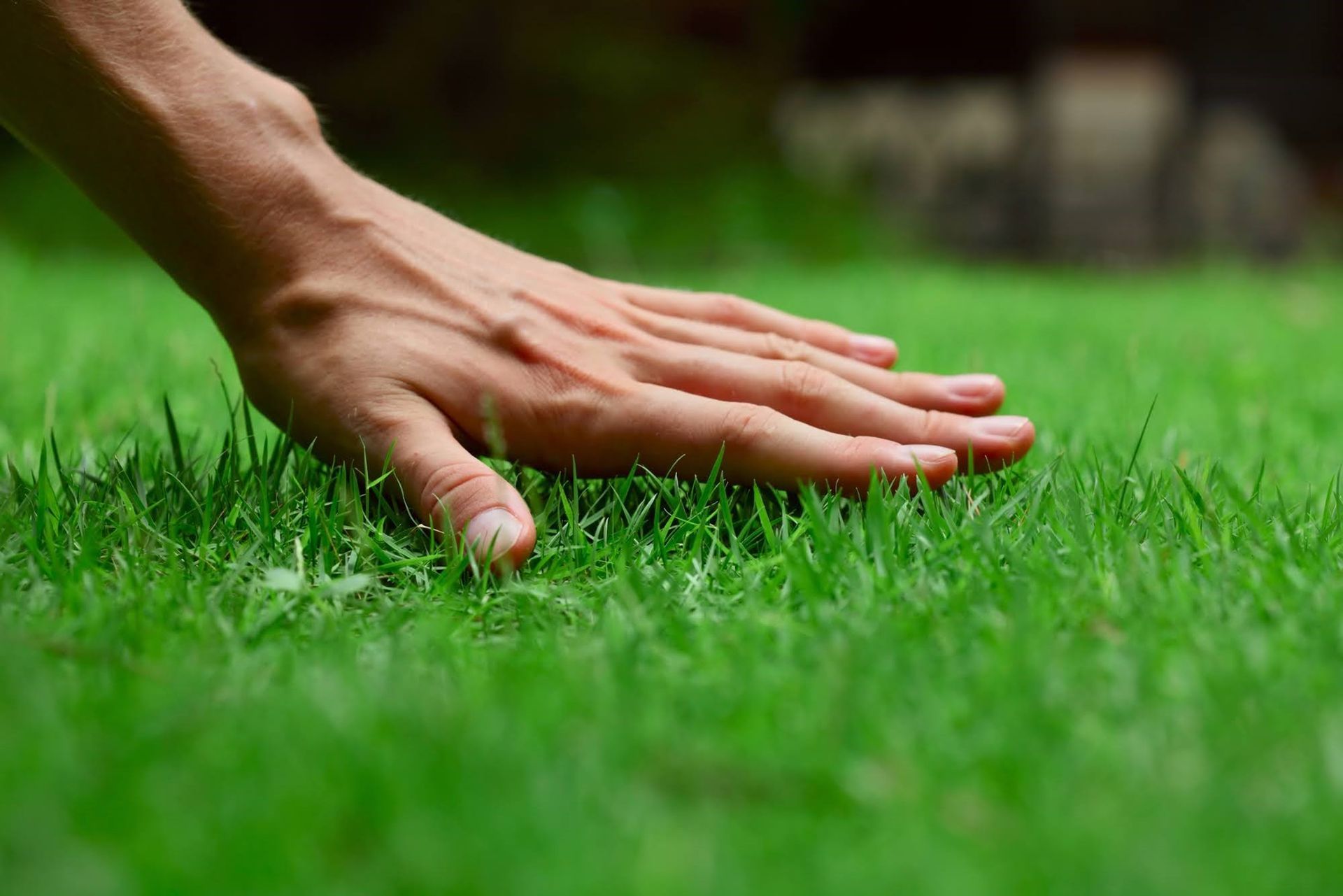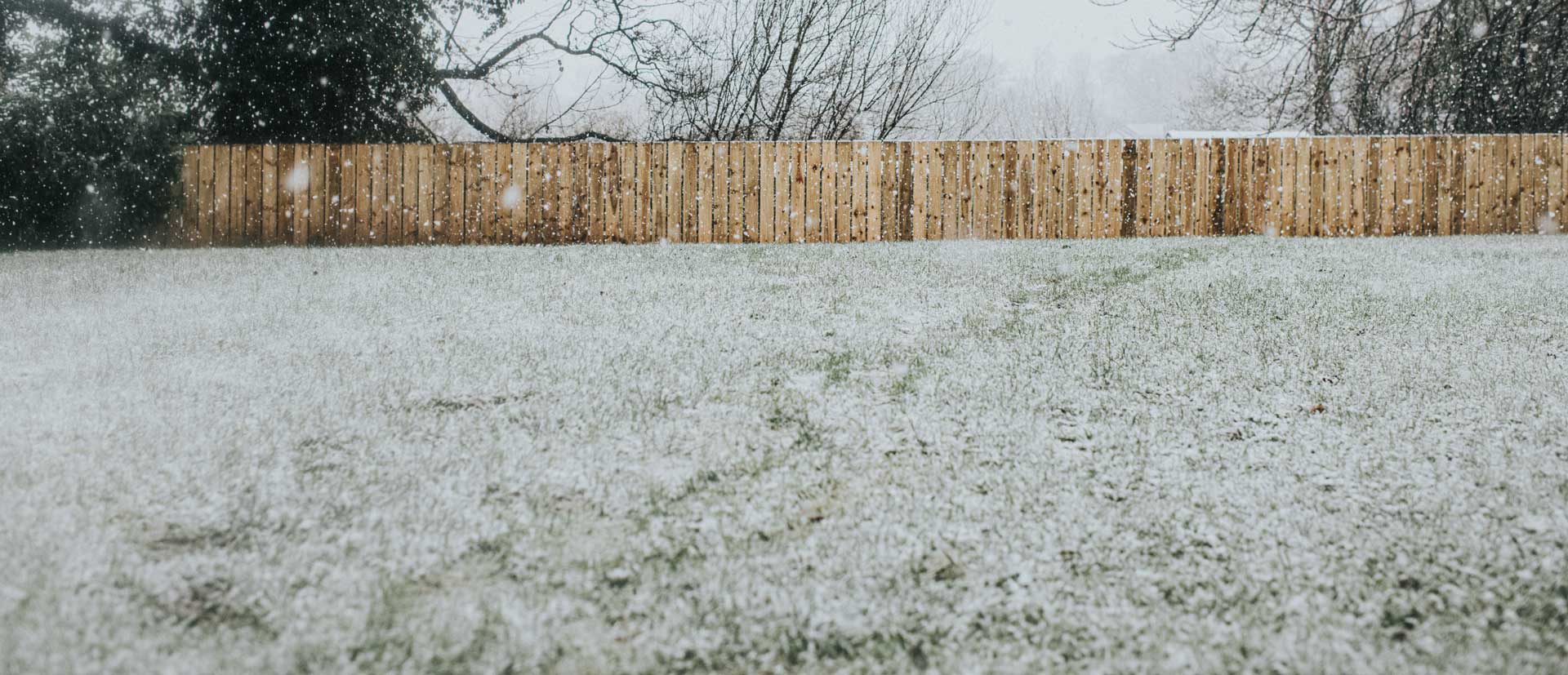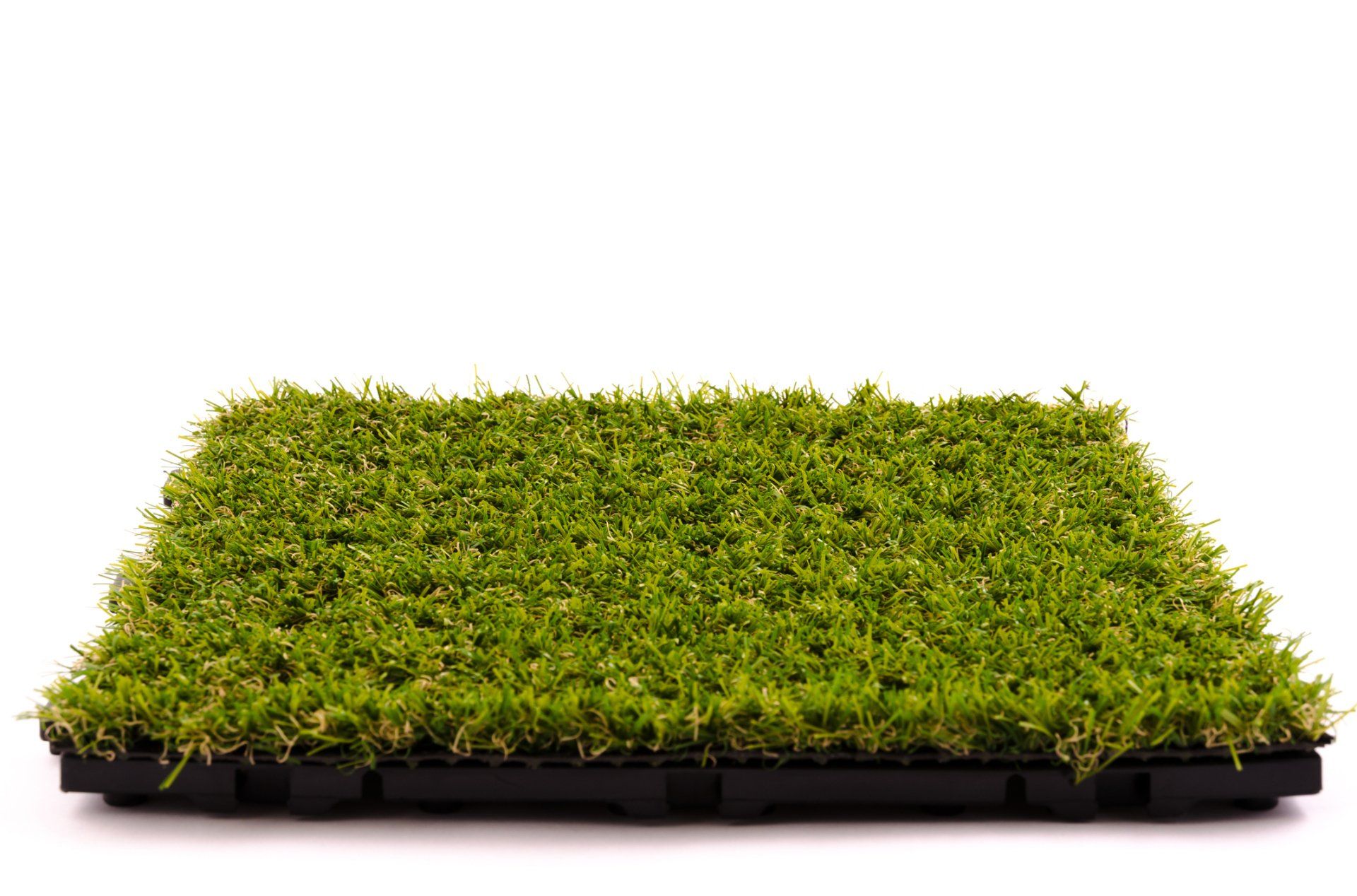Everything You Need to Know About Necrotic Ring Spot
- By Admin
- •
- 05 Dec, 2019
- •
Homeowners install sod lawns and maintain them so they can have beautiful, lush grass. Unfortunately, factors like insects and fungi try to destroy that lush greenness of your sod lawn. One of those pests is a condition called necrotic ring spot (NRS). Cool grasses are especially susceptible to this condition. Find out if your sod lawn might be susceptible to this damaging disease.
NRS and Cool Turfgrasses
Not all grass species are sturdy enough to be made into sod. However, some species prized for their sod durability are Kentucky bluegrass and fescues. The species are cool-season turfgrasses, which means they can flourish in cooler temperatures. This fact makes them ideal for shady spots. What's more, they're prized by lawn experts because they withstand heavy foot traffic well.
Unfortunately, Kentucky bluegrass and fescues do have a natural enemy - a fungus named Ophiosphaerella korrae (O. korrae). The fungus can infest any cool-season grass, but it's especially damaging to Kentucky bluegrass and fescues. The fungus infects both the crown and roots of the grass, causing round, bald patches of within the grass.
Symptoms of NRS
The main symptom of necrotic ring spot is the bald ring that gives the disease its name. However, once it's reached that stage, it's at the full-blown phase of its lifecycle. The disease can start to form two or three years after initial lawn establishment. It can stay localized, or it can spread throughout the lawn.
During cool, wet weather, the first symptoms of NRS appear - small, light green areas in the turf. When a hot, dry period follows that wet weather, the fungus spreads. The rings can grow to several feet in diameter.
During the progression of the disease, the rings grow and turn reddish brown before fading to straw yellow. At that point, the grass in the perimeter of the ring has died and become matted. However, the grass inside the ring stays green and healthy.
Diagnosis of NRS
Necrotic ring spot is tricky because it resembles other patch diseases. Therefore, diagnosis isn't always straightforward. Lawn experts sometimes use the season to distinguish it from a patch disease such as summer patch.
O. korrae can produce a dark brown or black substance on the surface of infected grass. So turf specialists sometimes remove a small portion of the infected grass and inspect it for signs of the O. korrae fungus. They also look for blackened roots and rhizomes as well as rotted roots and crowns on the blades of grass.
O. korrae is persistent. It hibernates in plant debris and the thatch layer. So it has a tendency to return after remaining dormant for part of the year.
Managing NRS
Luckily, necrotic ring spot is not a death sentence for your sod lawn. Naturally, you have chemical fungicides that can help kill the O. korrae. The key with NRS is to apply said fungicide when the three-inch depth of the lawn ranges between 55 to 70 degrees to ensure the fungus is active. The availability of fungicides varies by state.
A multi-faceted approach is best in solving the NRS infestation. So if you're having your lawn treated for this disease, you want to thoroughly water it several days before fungicide application. Likewise, apply fertilizer at the end of the fungus' life cycle - in the cooler weather.
Likewise, you should engage in good cultural practices to protect your sod lawn. For one, avoid drought stress by watering your lawn deeply but infrequently. However, during the hottest times of the year, light watering every day is appropriate. Additionally, ensure the thatch compaction doesn't reach over a half-inch, meaning you should thatch your lawn regularly.
The best management for necrotic ring disease is avoidance. Choose cool-season sod with species resistant to the O. korrae fungus. Talk to the lawn experts at Wright Turf about the best cool-season sod for your lawn.









